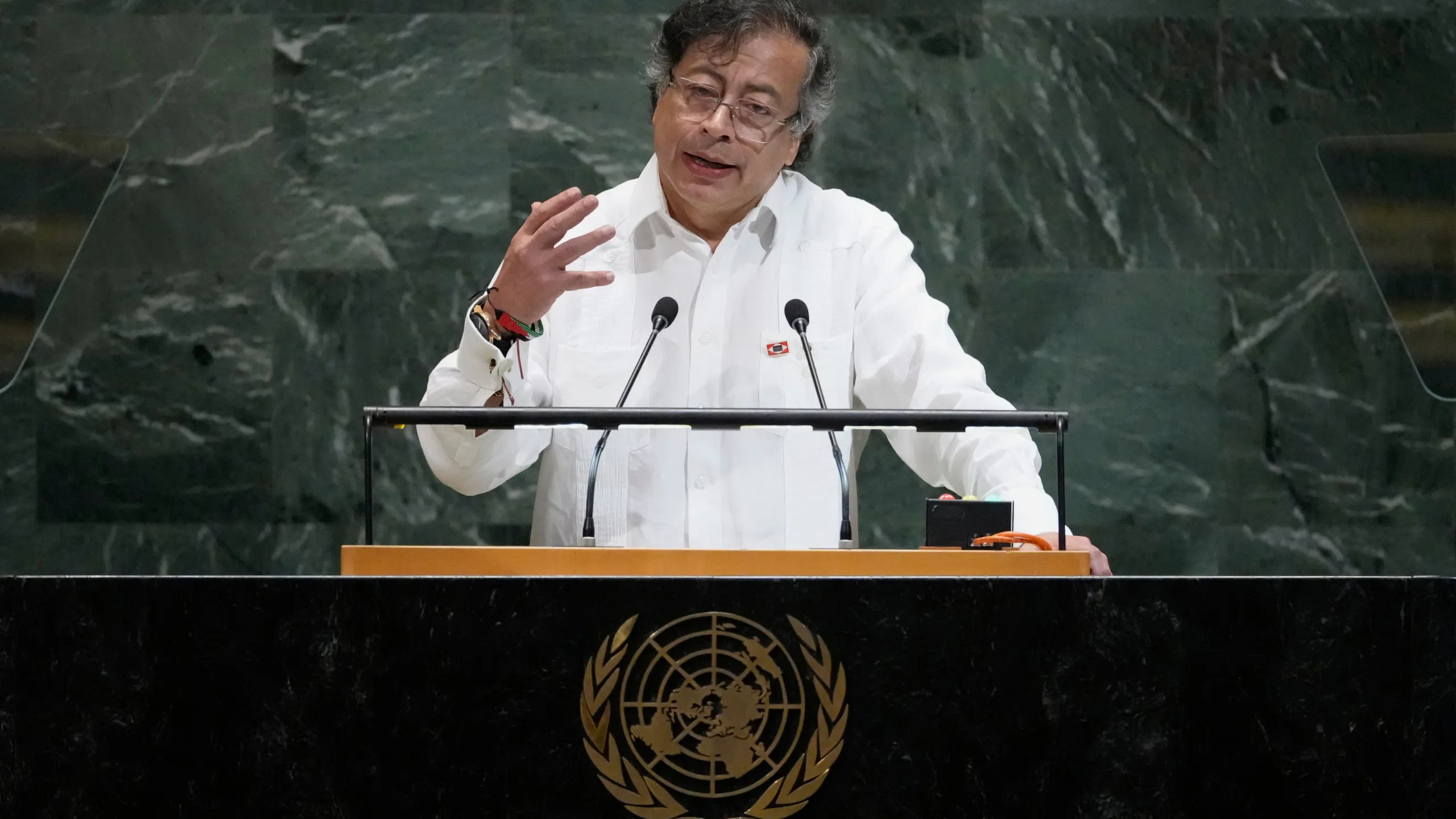Lima, August 2, 2025 – The end of last week was a festive time for Peruvians, and for the Peruvian diaspora the world over, as millions in the United States, Madrid, and the homeland celebrated the anniversary of their nation’s independence as a vassal colony from the brutal reign of the Spanish Empire more than 200 years ago.
In hindsight, a mere blip in the entire span of human history.
The festivities, known as Fiestas Patrias, take place on the 28th of July and are marked by the commemoration of Peru’s Declaration of Independence by General José de San Martín, who was thereafter appointed Protector of Peru in 1821, and deified as a liberator of millions of Latin Americans throughout the South Americas.
Gatherings, parties, and celebrations overwhelmed the streets of the capital city of Lima as President Dina Boluarte, who incidentally has the lowest approval rating (less than 5%) in the entire hemisphere, paraded down Lima’s main boulevard, Brasil Avenue, in a vintage Jeep, shouldered by military officers and majestically armored horses clad in martial accoutrements.
Right around the same time the festivities were wrapping up, however, a vicious sandstorm began to consume the lower desert regions of the nation’s southern territory, as well as great swaths of land along the Peruvian Pacific coast. Storms whipped through the cities as part of a South Pacific cyclone that was more vociferous than usual.
The weather event took millions of people by surprise, blanketing numerous cities, especially in the nation’s south, causing major traffic jams and disrupting the daily routines of millions of residents.
Chief Alberto Lozada of the National Defense Institute (INDECI), on Friday held a presentation to inform the public on developments when President Boluarte arranged an emergency meeting on the issue, explaining:
“The phenomenon was the result of a convergence between the “aguada”, or low-pressure system and a high-pressure system front coming from the south… Both systems joined forces and created this “whirlwind” that affected the regions of Ica, Arequipa, Moquequa, and Tacna”, according to the Peruvian news platform, Andina.
These southern regions along the Pacific coast near the Chilean and Bolivian borders took the brunt of the storm, where the national weather service reported wind gusts of up to 50 kilometers per hour, or 31 mph, in the southern Ica region.
The unusual weather event takes place this time of year, but does not commonly pose major disruptions to the population, the Chief pointed out, and assured the people that greater difficulties are unlikely in the coming days.
The severity of the storm has since reduced, mostly dissipating the following day on Friday, and in the early morning on Saturday.
The South Pacific anticyclone, which intensified in the days prior, near the Peruvian Pacific coast, generates power in a counterclockwise circulation in the Pacific Ocean, the national service reported, gaining traction and increasing windspeed when the storm cell makes contact with the continent. Then, when “combined with the desert terrain” and millions of metric tons of sand, a “massive dust uprising” is carried over the cities, obscuring the atmosphere in a heavy blur that reduces the region’s visibility.
Social media weatherheads were alarmed and yet fascinated by the phenomenon that contributed to an unusual orange tint to the Peruvian skies. It appeared like armageddon, but without the uproar.
The traveling tourists who were fortunate enough to catch a glimpse of the rare phenomenon were also caught in the middle of it, but will certainly have an unusually fascinating experience to bring back home with them.
The nation’s National Emergency Operations Center says the agency is assessing the damage and confirms that the worst of the storm has passed.

















